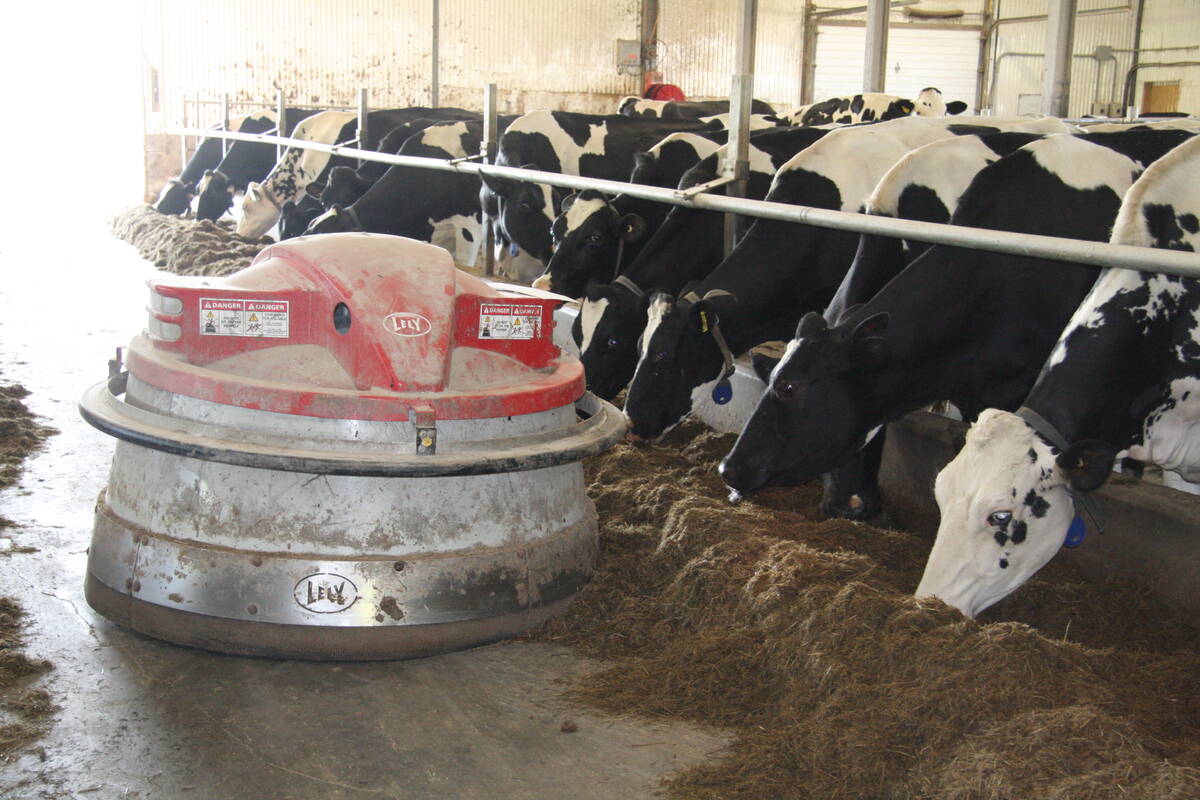RED DEER, Alta. – Being a flabby 50-year-old baby boomer often persuades some to seek an elixir of long life.
That magic potion may come from ordinary foods like milk and oatmeal that baby boomers ate as children.
No one is sure of the market potential of functional foods but this sector is growing.
“It’s a consumer-driven type of market by the baby boomers. We’re the group known as the ‘worried well,’ ” said Susan Lutz.
She heads a two-year-old centre of excellence that finds ways to develop and sell value-added products. That includes functional foods and nutraceuticals.
Read Also

Partnerships, communication key to disease management
Communication and strong, trusted partnerships are key to managing infectious diseases like Foot and Mouth Disease and HPAI.
The universities of Alberta and Calgary, Alberta Agriculture and the Alberta Research Council are involved in the centre, which received $460,000 in government money to work on this area.
Functional foods are similar in appearance to ordinary food consumed in the diet but offer more than basic nutrition. These items have proven benefits that can reduce the risk of chronic diseases.
Health undercover
For example, spaghetti with added pea fibre decreases the possibility of cardiovascular disease or cancer. Omega 3 eggs and metabolic sports energy bars have been developed and there is an attempt to identify healthful components of herbal preparations.
Other items include cereals, beverages, probiotics such as yogurt with special additives, sports powders and nutraceuticals. The latter are produced from food and may come in pill, powder or potion form.
The benefits of any of these have to be based on science, not testimonials, said Lutz.
These products may lead to some practical preventive medicine that might reduce the incidence of chronic conditions and disease. It could potentially lower health-care costs for an aging population.
People may be living longer these days but health professionals are more interested in years free of disease, rather than lifespan, she said. A better quality of life could be aided by diet.
Countries like Japan are moving ahead with fibre drinks and other health food products. Canada lags behind because no legal definition or regulations have been written, Lutz told a recent conference.
The industry has already gone to Ottawa to talk about regulations with Health Canada. The government has promised a structure within six months to recognize a first level of health claims. Regulations would remove market barriers but claims that certain food has specific health benefits must still be scientifically verified.
No one is sure what the dietary and health linkages are, so testing is necessary to prove the components of a food actually work.
This is something new for the food industry and more money is needed to get the concept off the ground, said Lutz.















